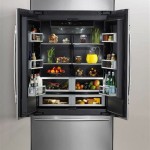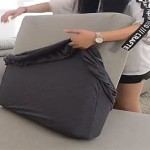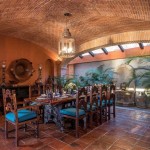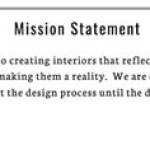Interior Corner Molding: Adding Elegance and Protection to Your Home
Interior corner molding, also known as corner bead or corner trim, is a versatile architectural element that serves both aesthetic and practical purposes. Often made from materials like PVC, wood, or metal, it is installed along the inside corners of walls and ceilings to protect them from damage, enhance the overall look of a room, and create a polished finish. Whether you are embarking on a new construction project or undertaking a renovation, understanding the benefits and types of interior corner molding can help inform your design choices and achieve the desired outcome for your home.
The Benefits of Interior Corner Molding
Interior corner molding offers numerous benefits that contribute to a more functional and visually appealing living space:
Protection: Interior corner molding acts as a barrier against bumps and scuffs, preventing damage to walls and ceilings in high-traffic areas. This is particularly important in homes with children or pets, where accidental collisions are more likely. Furthermore, corner molding protects the corners from moisture and humidity, preventing the formation of mold and mildew.
Aesthetic Enhancement: Corner molding adds a touch of elegance and sophistication to any room. Its presence creates defined lines and transitions, highlighting the architectural features of the space. It can also add visual interest, breaking up the monotony of plain walls and ceilings and creating a more visually dynamic environment.
Concealment: Interior corner molding effectively hides imperfections in wall and ceiling corners, creating a smooth and seamless look. It can also serve to cover up unsightly gaps or cracks that may have developed over time, enhancing the overall appearance of the room.
Types of Interior Corner Molding
Interior corner molding comes in a wide variety of styles, materials, and finishes to meet the varying needs and preferences of homeowners. The choice of corner molding depends on factors like the overall design aesthetic of the room, the desired level of protection, and the budget.
PVC Corner Molding: PVC molding is a popular choice for its durability, moisture resistance, and affordability. It is available in various profiles, including standard, bullnose, and rounded edges, offering flexibility in design. PVC molding is often preferred for its ease of installation and maintenance.
Wood Corner Molding: Wood corner molding adds a touch of warmth and natural elegance to any room. It is available in a range of wood species, finishes, and styles, offering a wide range of design possibilities. Wood molding requires proper care and maintenance to ensure longevity and prevent warping or cracking.
Metal Corner Molding: Metal corner molding is a durable and long-lasting option, particularly suited for high-traffic areas or rooms with high humidity levels. It is available in various metals, including aluminum, stainless steel, and brass, each with its own unique aesthetic qualities. Metal molding provides a sturdy and modern look to the interior space.
Installation of Interior Corner Molding
Installing interior corner molding is a relatively straightforward process that can be undertaken by homeowners with basic DIY skills. However, proper tools and techniques are crucial for achieving a professional finish.
Tools and Materials: The necessary tools include a miter saw, measuring tape, pencil, level, and construction adhesive or finishing nails. Depending on the type of corner molding chosen, additional tools like a heat gun or a staple gun may be required.
Preparation: Before installing the corner molding, ensure that the corners are clean and smooth. Any imperfections or irregularities need to be addressed to ensure a seamless installation.
Cutting and Installation: The corner molding is cut to the desired length using a miter saw. The cuts must be precise to ensure a tight fit at the corners. The molding is then applied to the corners using construction adhesive or finishing nails, carefully aligning it with the level and ensuring a smooth and even finish.
Finishing: Once the corner molding is installed, it needs to be finished to match the existing wall decor. This may involve painting, staining, or applying a clear sealant to protect the molding from damage and enhance its appearance.
Interior corner molding is a versatile architectural element that enhances the design, protection, and overall appeal of any home. By understanding the various types, benefits, and installation techniques, homeowners can make informed decisions to achieve a finished space that meets their aesthetic and functional needs.

Corner Molding The Secret To Better Interior Design

Style Seven 8 Inside Corner Crown Molding Solutions

Square Inside Crown Molding Corner Blocks For Creative

Inside Corner Moulding At Com

Inside Corner Trim 2 Pcs Of 8 W 16 Lf Garagetek

Diamond At Mouldings Inside Corner

Use An Inside Corner Molding To Smooth The Transition Vintage Bathrooms Remodel Moulding

Inside Outside Moulder Profile Knives

House Of Fara 1 In X 6 Basswood Wood Inside Corner Block Molding Icp The Home Depot

Item P0250 2 X Inch Outside Inside Corner Trim On Extrutech Plastics Inc








